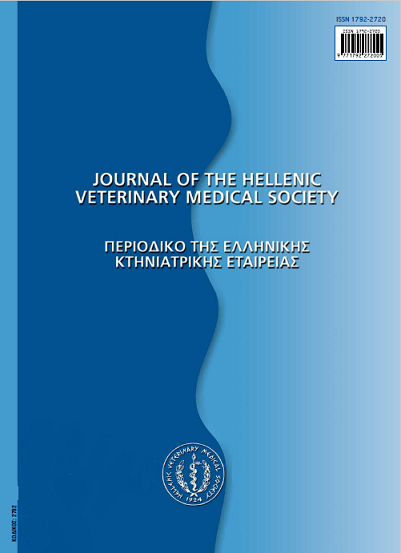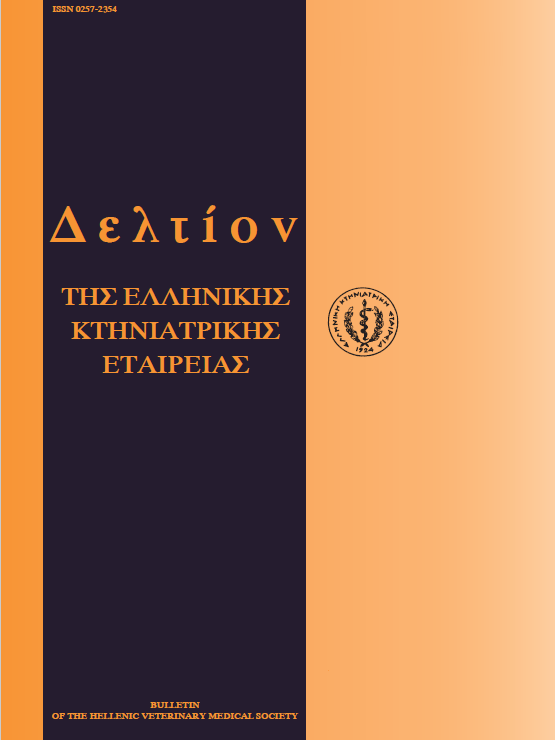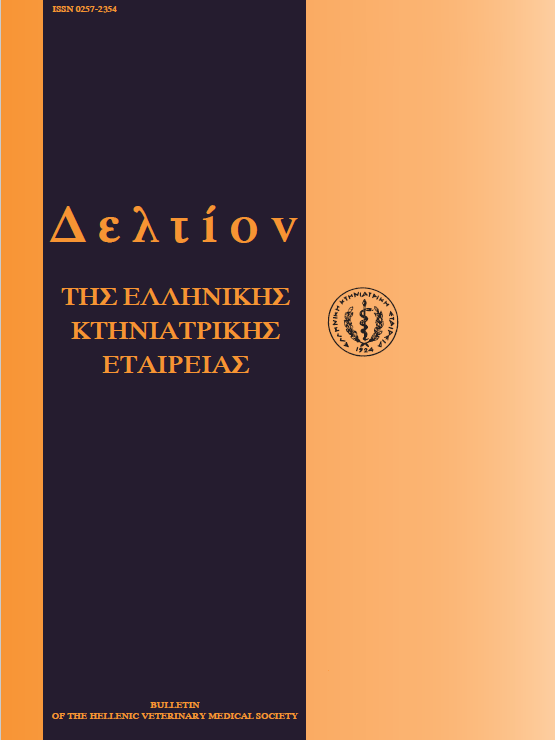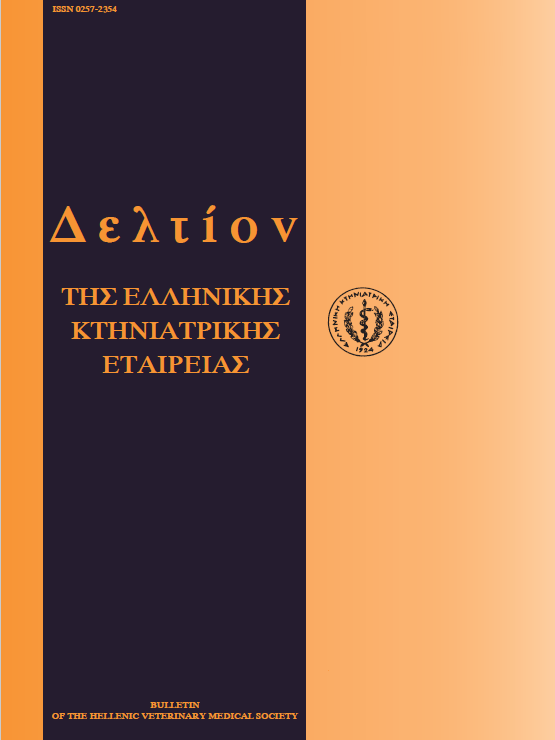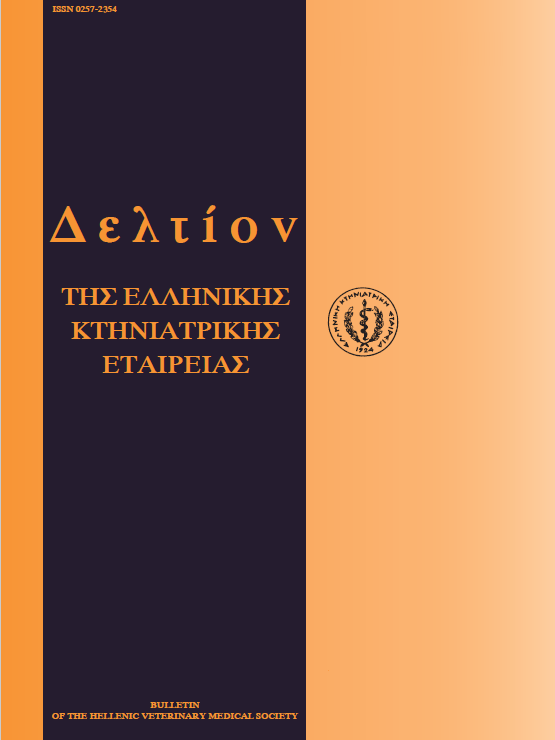An outbreak of Avian Encephalomyelitis in broilers in Greece
Résumé
Avian Encephalomyelitis Virus (AEV) is an infectious viral disease, member in the family of Picornaviridae, with a preference for the central nervous system and various parenchymatous organs of chickens. AEV is an enteric infection and can be transmitted by oral ingestion, but also vertically from infected broiler breeders to the chick, resulting in clinical signs at hatching. A flock of 18,000 broilers, located in the Southern part of Ipirus, exhibited sudden neurological signs. Clinical examination of 16 days old chicks showed rapid head tremors, ataxia and paralysis, often falling on their sides and lie with their legs at unusual angles. No gross lesions were noted during post mortem examinations conducted at 16, 20 and 26 days of age, apart from gross lesions on the brain. Morbidity of the flock exceeded 25% and total mortality reached 20.9% at the end of flock’s cycle. In order to diagnose the suspected AEV, histological and serological examinations were performed. The results showed typical “flame-shape” proliferation of glia, neuron necrosis and neuronocytophagia in the gray matter and Purkinje cells as well. Also, foci of infiltrating lymphocytes were seen in the brain, the glandular part of pancreas, muscular layer of heart and muscle layer of proventriculus. All observed lesions were characteristic of AEV infection. Serological results in affected flock, conducted by ELISA, showed a consecutive marked increase in serum encephalomyelitis virus antibody titers through time. At 30 days of age onwards, no clinical signs appeared. This clinical case of AEV in broilers was the first case reported in Greece.
Article Details
- Comment citer
-
KOUTOULIS (Κ.Χ. ΚΟΥΤΟΥΛΗΣ) K. C., HORVATH-PAPP, I., TONTIS (Δ. ΤΟΝΤΗΣ) D., PAPAIOANNOU (Ν. ΠΑΠΑΙΩΑΝΝΟΥ) N., & EVANGELOU (Κ. ΕΥΑΓΓΕΛΟΥ) K. (2018). An outbreak of Avian Encephalomyelitis in broilers in Greece. Journal of the Hellenic Veterinary Medical Society, 66(2), 93–100. https://doi.org/10.12681/jhvms.15614
- Numéro
- Vol. 66 No 2 (2015)
- Rubrique
- Research Articles

Ce travail est disponible sous licence Creative Commons Attribution - Pas d’Utilisation Commerciale 4.0 International.
Authors who publish with this journal agree to the following terms:
· Authors retain copyright and grant the journal right of first publication with the work simultaneously licensed under a Creative Commons Attribution Non-Commercial License that allows others to share the work with an acknowledgement of the work's authorship and initial publication in this journal.
· Authors are able to enter into separate, additional contractual arrangements for the non-exclusive distribution of the journal's published version of the work (e.g. post it to an institutional repository or publish it in a book), with an acknowledgement of its initial publication in this journal.
· Authors are permitted and encouraged to post their work online (preferably in institutional repositories or on their website) prior to and during the submission process, as it can lead to productive exchanges, as well as earlier and greater citation of published work.




